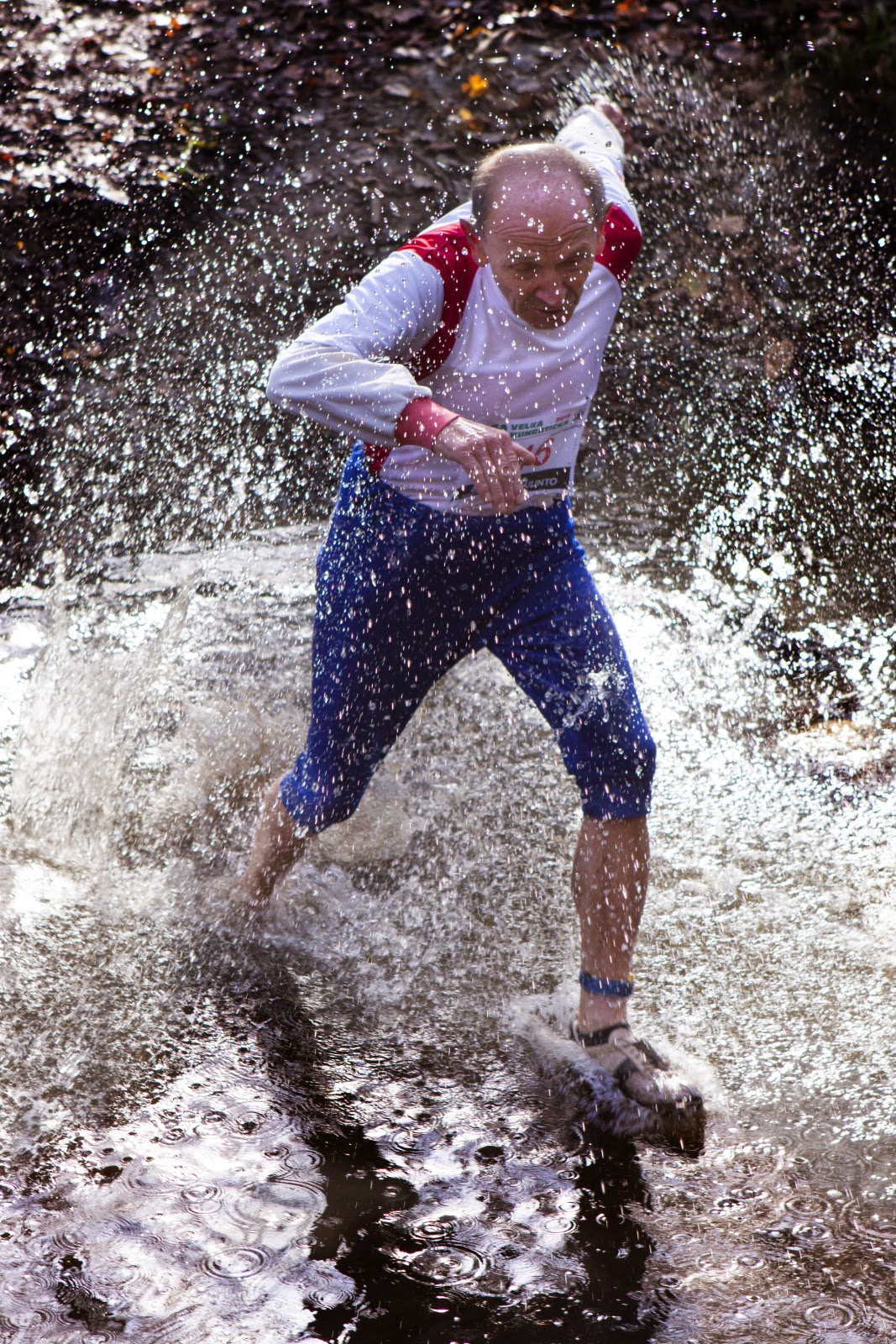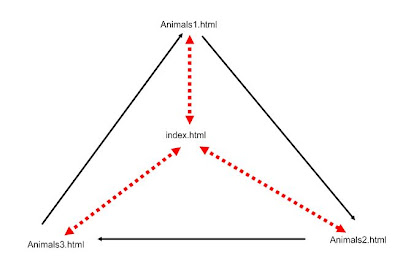Story Idea List
- Something goes wrong with technology, creating a science fiction type scenario. For example, an electrical storm transmits a mysterious charge through the bodies and minds of anyone who happened to be touching the keyboard at that instant The charge alters their personalities in some way, such as making them seem robotic. There are endless possibilities here.
- An event occurs at work, but everyone perceives it differently. Show the event from several different viewpoints. This could work well for teaching soft skills and showing how each individual experiences the world in a unique way.
- The protagonist travels through time and historical figures explain the key concepts through the lens of their time period.
- A nonviolent crime occurs and a character (or the learner) must figure out how it occurred and who is guilty. Of course, the crime would somehow relate to the subject matter.
- The protagonist is not well liked because he or she is overly critical to work colleagues. Events/realizations help him or her transform into a kinder and more likable person. This is a theme of personal transformation.
- The protagonist is a travel adventurer that must face many challenges. Triumph over adversity is a well-used theme in films.
- The Learning and Development team figures out a way to upload training directly into the minds of their coworkers. What happens next?
- An important character buys an antique urn, amulet or old technology and brings it to work. Over time, the person discovers the object has magical powers.
- The protagonist is a timid and fearful person. He or she misses out on wonderful opportunities, holding back out of fear. The story shows how he/she overcomes these fears. Perhaps an event occurs where the person must rise to the occasion, which sets up an inner transformation.
- The protagonist has an internal dilemma and the audience can hear his or her thoughts. The learner must make the best decisions for the character. Appropriate events/consequences follow all decisions.
- The protagonist starts a new job and the story follows the mistakes and confusion of the first day or week. Teachings are provided by his or her new coworkers. Perhaps this could work for an onboarding program.
- Two characters somehow switch bodies, allowing them to see the challenges of work from each other’s vantage point.
- The protagonist finds a stranger’s wallet and a mystery ensues as the character attempts to return the wallet.
- The protagonist is an expert in a certain field and grudgingly has to mentor an apprentice. The mentor ends up learning much more from the apprentice than he/she thought possible.
- The protagonist is frustrated because no one will listen to him/her. The character sets out to prove that he/she is right about something. You have to figure out what that something is.
- A quiet and unassuming coworker is actually a spy (or a superhero). He or she has an intriguing and adventurous hidden life.
- The protagonist is betrayed by someone at work. The betrayal plays out like a mystery as the character must figure out who is guilty and why he or she was betrayed.
- An internal computer system gets hacked at work and confidential information is leaked to the public or ends up in the hands of criminals.
- The protagonist is risk averse, but is placed in a situation where he or she must overcome an obstacle by taking a risk. This is somewhat similar to the person who must overcome fears, but risk-taking could be a different type of plot.
- The protagonist has psychic super powers: clairvoyance, telepathy or mega brain power. Take it away.
- The protagonist feels trapped in a particular situation at work, such as having to please an unreasonable boss (sensitive topic) or being in a work role that is not a good match. The story follows the character as he/she finds a way out of the trap.
- A companion animal (dog or cat, maybe a horse?) is highly intelligent and provides instruction to the main character.
- The story opens at a press conference, with a PR person or CEO explaining why an event occurred. The story then takes place as a flashback.
- Begin a story with this type of line: “Last year, I would have told you that …” and fill in the blank that works for your content. “I never wanted this type of success.” or “there is no such thing as UFOs.” or “I never thought safety training was that important.”
- Your training program takes place 50 years in the future. Paint a picture in words of how things at work are different and also how they are the same.
One last tip! Continually ask yourself, “What if?”

















